
EN 50160 Report – Power Quality Standard
- Gepostet von Neo Messtechnik
- Am 31. März 2021
- 0 Kommentare
The EN 50160 report specifies main characteristics the grid voltage must meet at the user’s supply terminal. It applies to public low, medium and high voltage AC electricity grids under normal operating conditions. Leading up to one of the most well-known standards of the power quality industry, let’s take a look at what it takes to measure, analyse and report according to the standard.
Table of Contents
1 – Überblick
Welcome to Chapter 5 of our Multipart-Series
With this article today we are very soon closing the first part on Power Quality Analysis and Monitoring. We would like to take the chance to thank you for your kind support and feedback on our recent publications. So far, we have taken you on quite a journey through the X’s and O’s of Power Quality!
- Netzqualitätsmessung der Zukunft
- Grundlagen-Wissen
- Elektrische Leistung & Energie
- IEEE 519 & Harmonische
- Flicker, RVC & Symmetrical Components
- The Ultimate Guide to Power Quality 2021
All these articles served the main purpose to lead us to the assessment of power quality according to the EN 50160 and how to easily generate sound reports.
Essential introduction
Long gone are the days when we analysed the grid on certain points to detect faults and disturbances. Nowadays, ongoing power quality monitoring is common practice for both grid and facility or power plants operators.
Durch die Betonung des fortlaufenden Überwachungsprozesses tauchen automatisch Fragen zur Datenspeicherung und zum Datenhandling auf und fordern Überwachungssysteme in unterschiedlichem Maße heraus.
However, the right approach to handling the amount of data is key to a successful monitoring process, and the easy generation of reports. In the next chapters, we are going to talk about the EN 50160 standard as well as easy report generation possibilities.
2 – EN 50160
Definition
The EN 5016 standard states the limits for voltage characteristics to be met by the power grid. Furthermore it is going into detail about power user obligations in terms of active and reactive power. A simple pass or fail gives information on the following parameters.
EN 50160 parameters
| EN 50160 parameters | Description |
|---|---|
| Grid frequency | mean value of fundamental measured over 10 seconds ±1% (49.5 – 50.5 Hz) for 99.5% of week -6%/+4% (47- 52 Hz) for 100% of week |
| Supply Voltage Variations | average 10 minutes rms values ±10% for 95% of week |
| Rapid Voltage Changes & Flicker | LV: 5% normal 10% infrequently Plt ≤ 1 for 95% of the week MV: 4% normal 6% infrequently Plt ≤ 1 for 95% of week |
| Supply Voltage Dips | characteristics of majority of dips: duration <1s depth <60%. |
| Short Interruptions | 10s to 100s of incidences per year shorter than 3 minutes |
| Long Interruptions | 10 to 50 incidences per year longer than 3 minutes |
| Over-voltages | LV: smaller than 1.5 kV_RMS |
| Transient Over-voltages | LV: generally smaller than 6kV, occasionally higher rise time: ms – μs |
| Unbalance | up to 2% for 95% of the monitoring week 10min-average values |
| Harmonische & THD | THD < 8% see the following table |
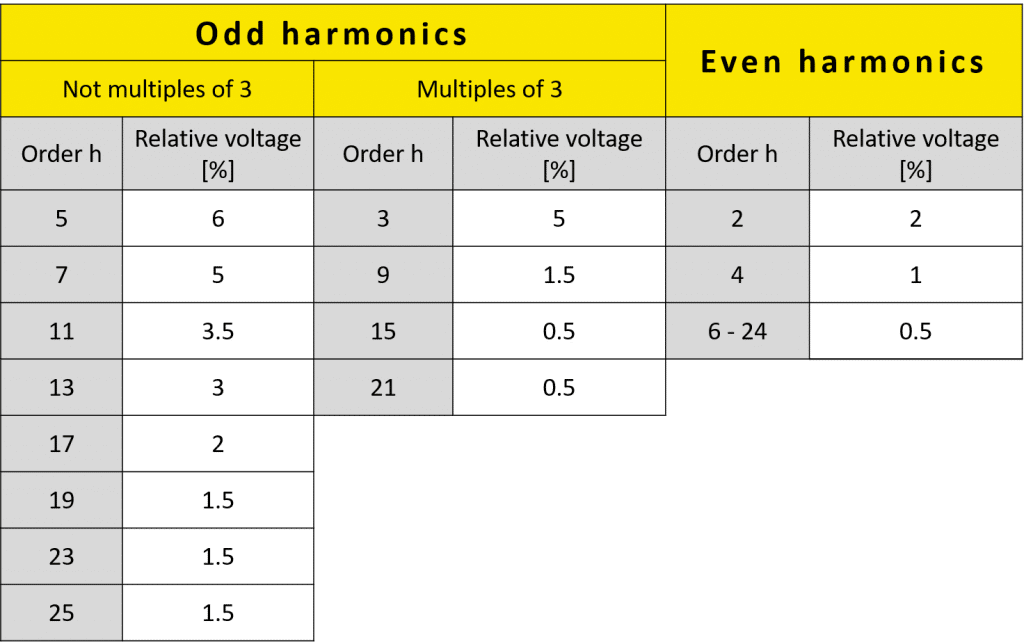

Did you know ..
you can get Power Quality Explained as offline version? Drop us a line for the PDF-version of our Multi-Part Series!
3 – Measurement according to EN 50160
Based upon the previous chapter, we are going to measure and monitor the following quantities:
- electric voltage of the three phases (mean values over 10 minutes),
- the frequency (mean values over 10 seconds)
- Harmonics and THD (10-min)
- Unbalance and
- Short & Long time Flicker values Pst (10min) and Plt (2 hours).
The occurrence of voltage dips and outages are automatically detected and statistically evaluated. 10 minute mean values are calculated and after a week, the report serves as end result.
Screenshots EN 50160 Report
Download this report
6 – Report generated. What’s next?
Well, we haven’t met the end of our journey yet. Coming up, we are going to talk about measurements and analyses beyond the EN 50160 report. Stay tuned!


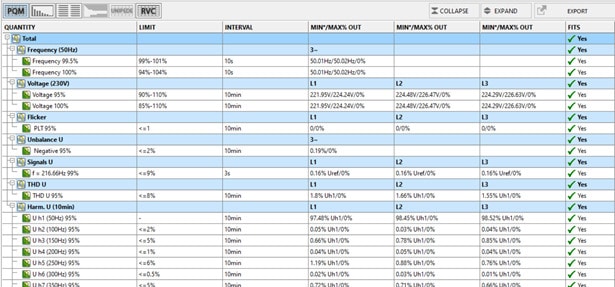
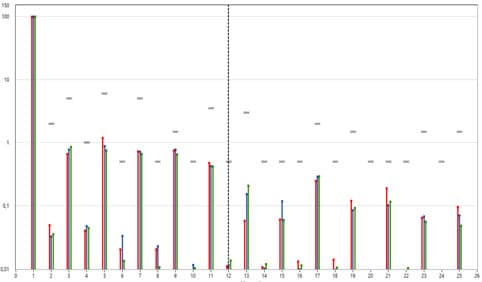
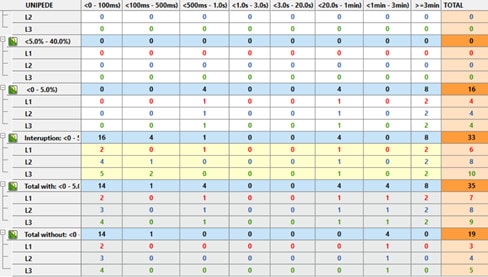
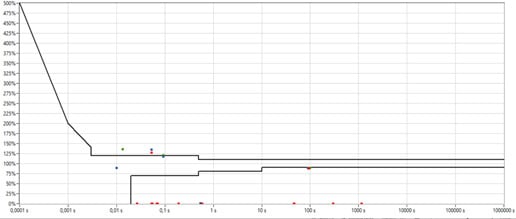
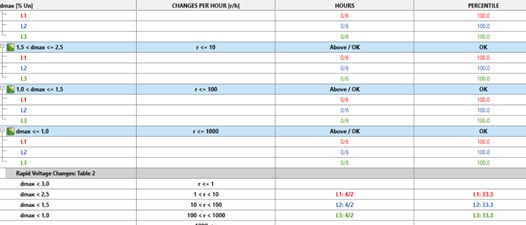
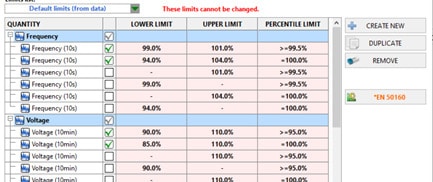

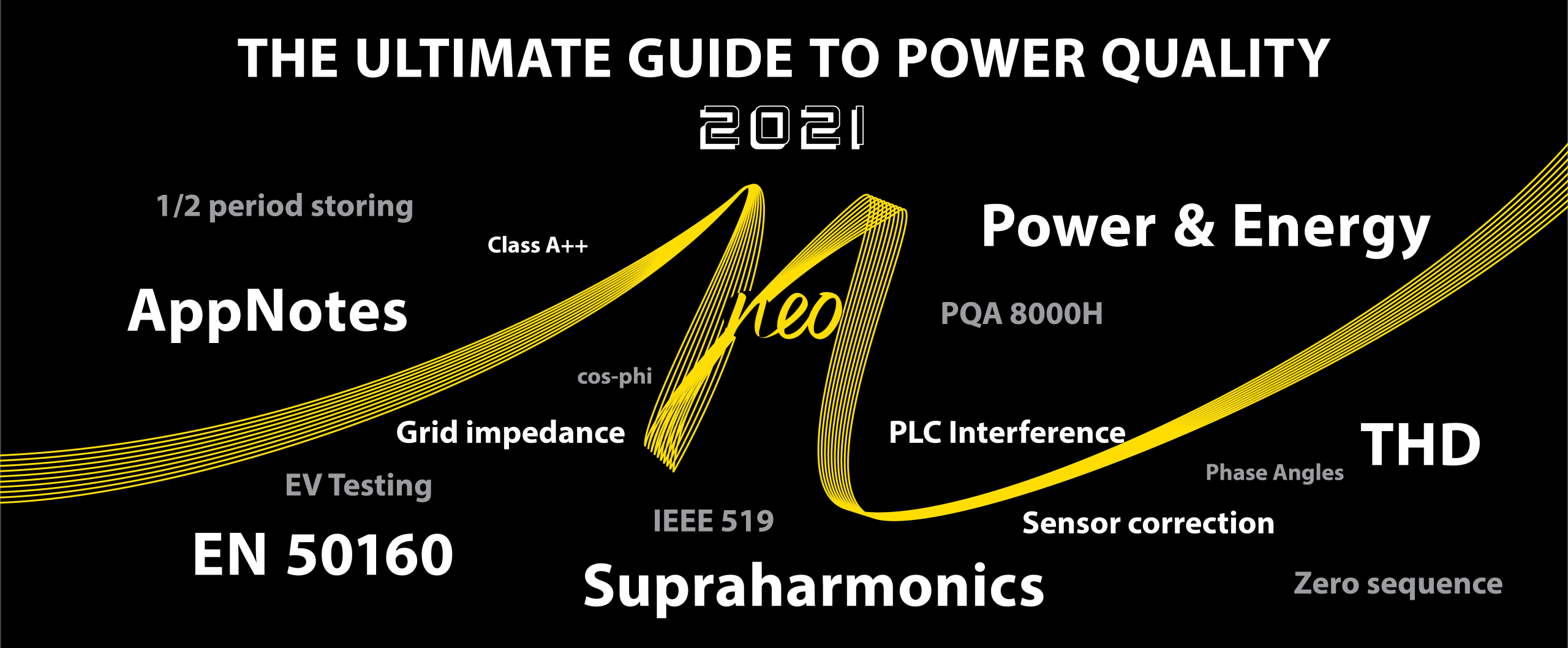
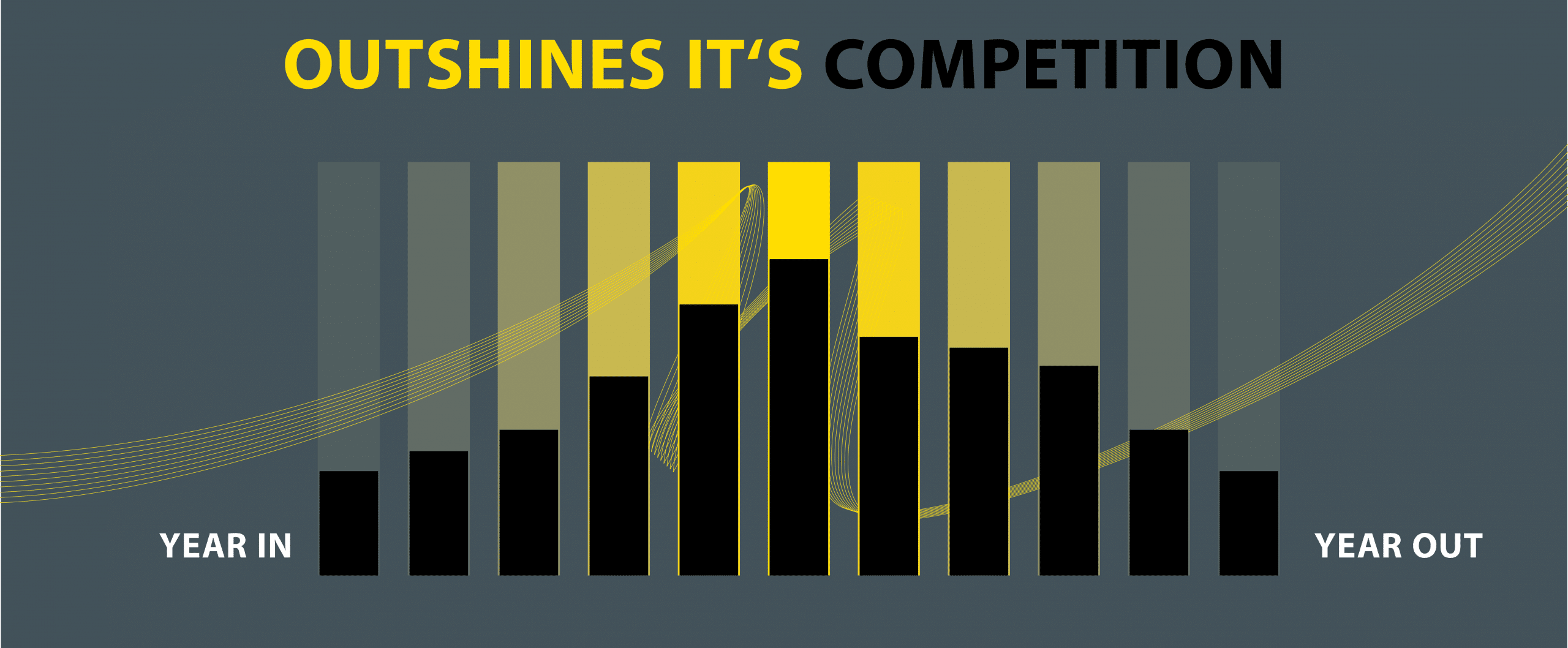


0 Kommentare